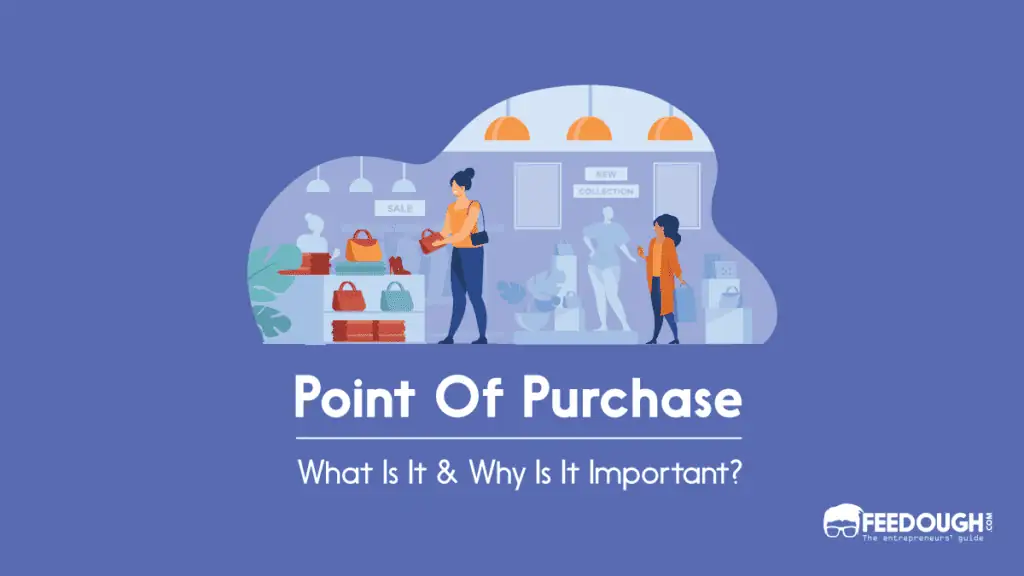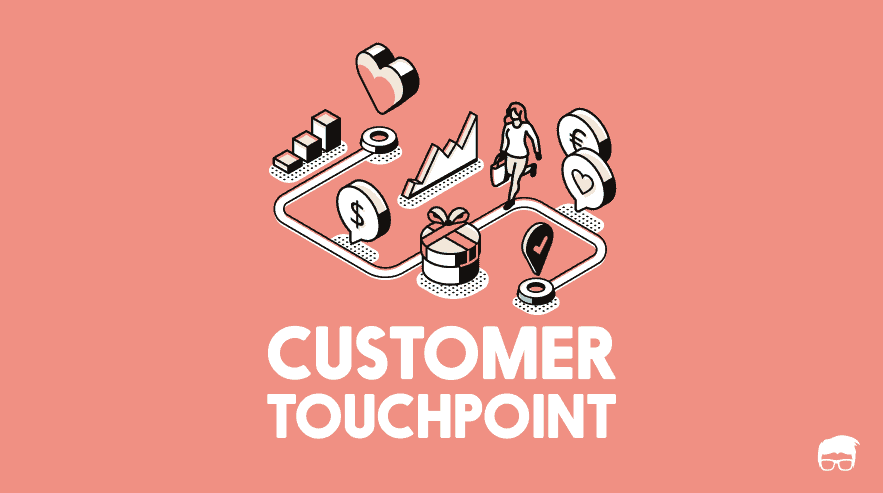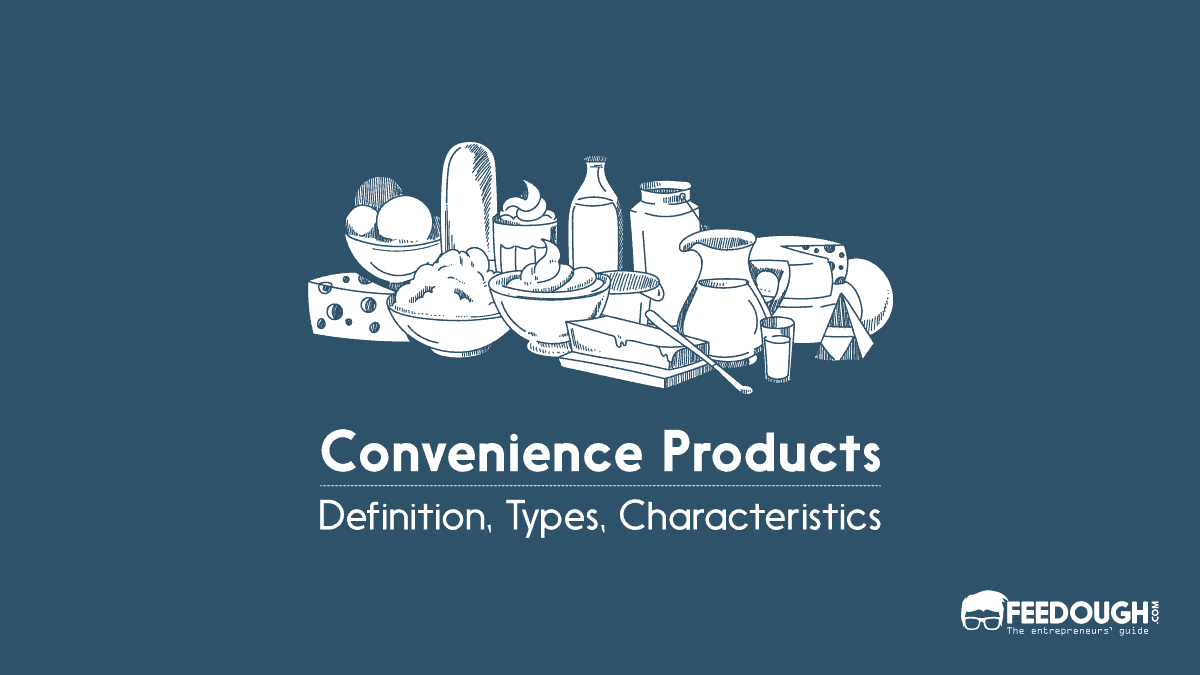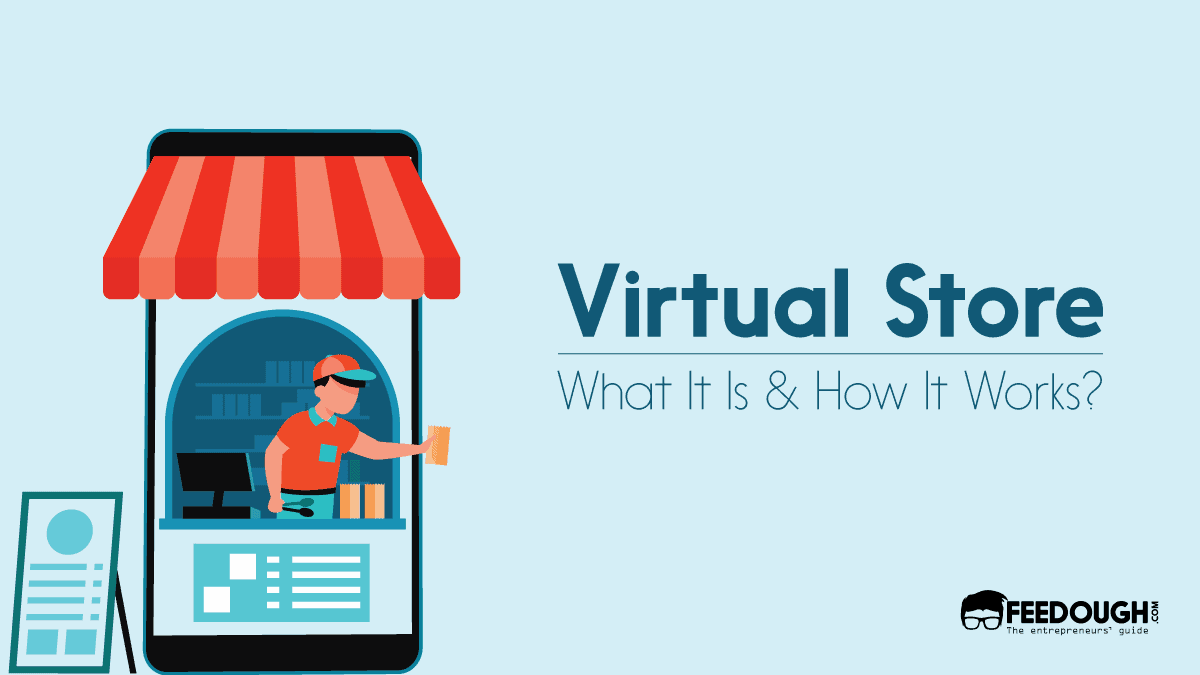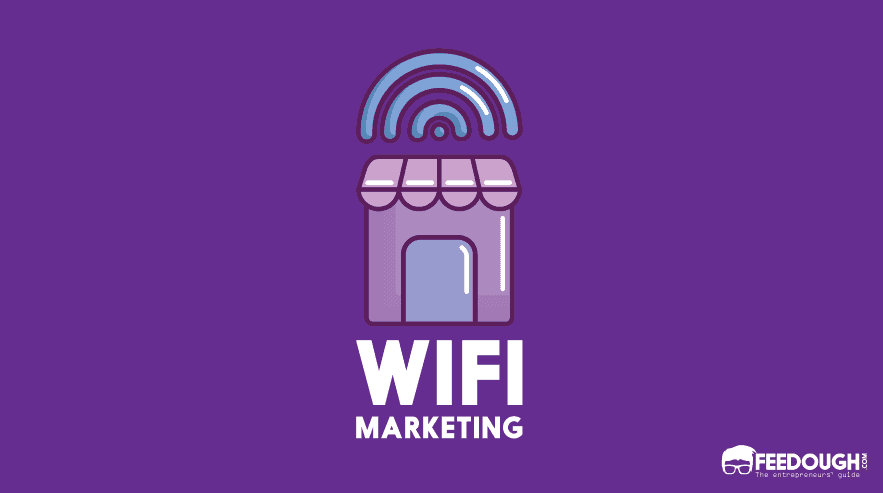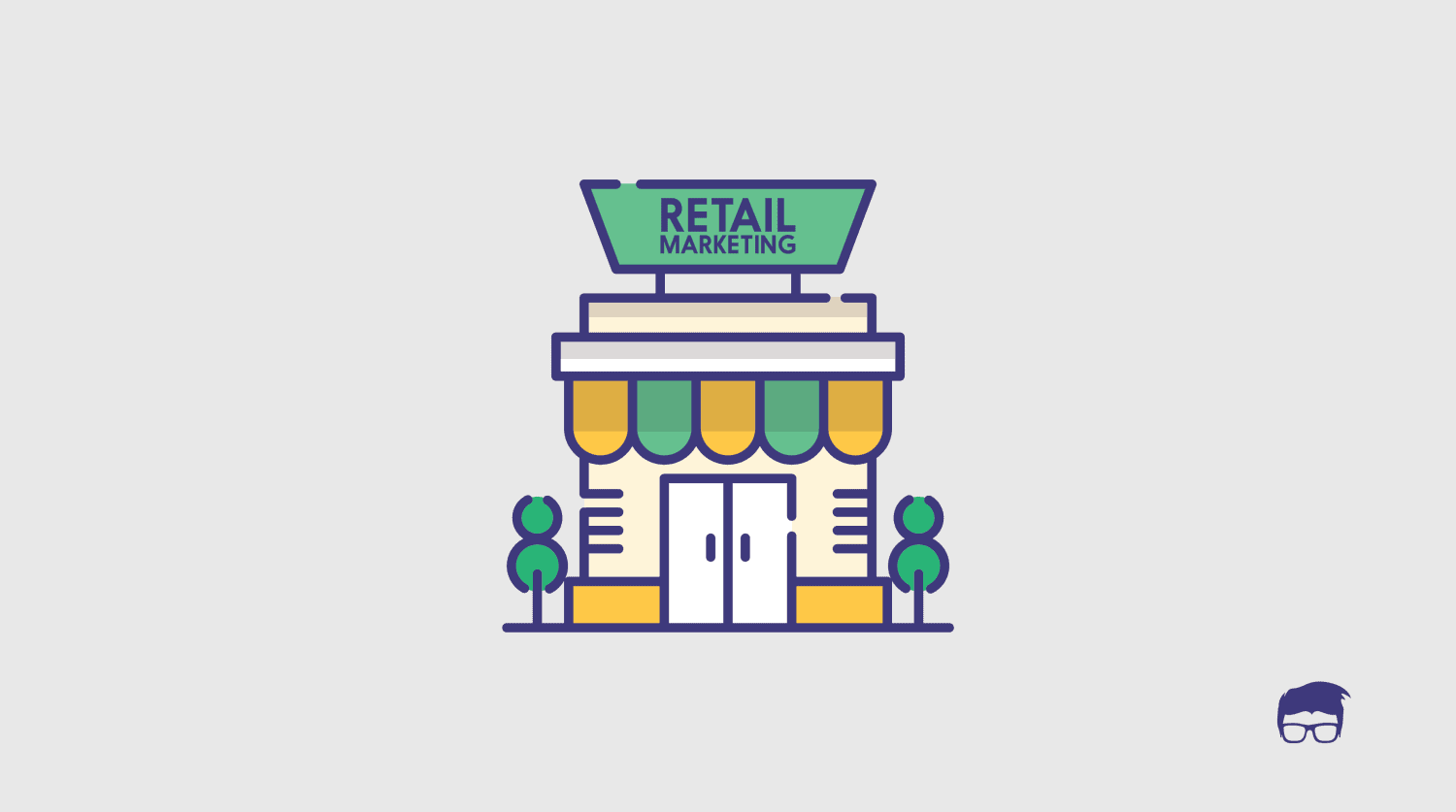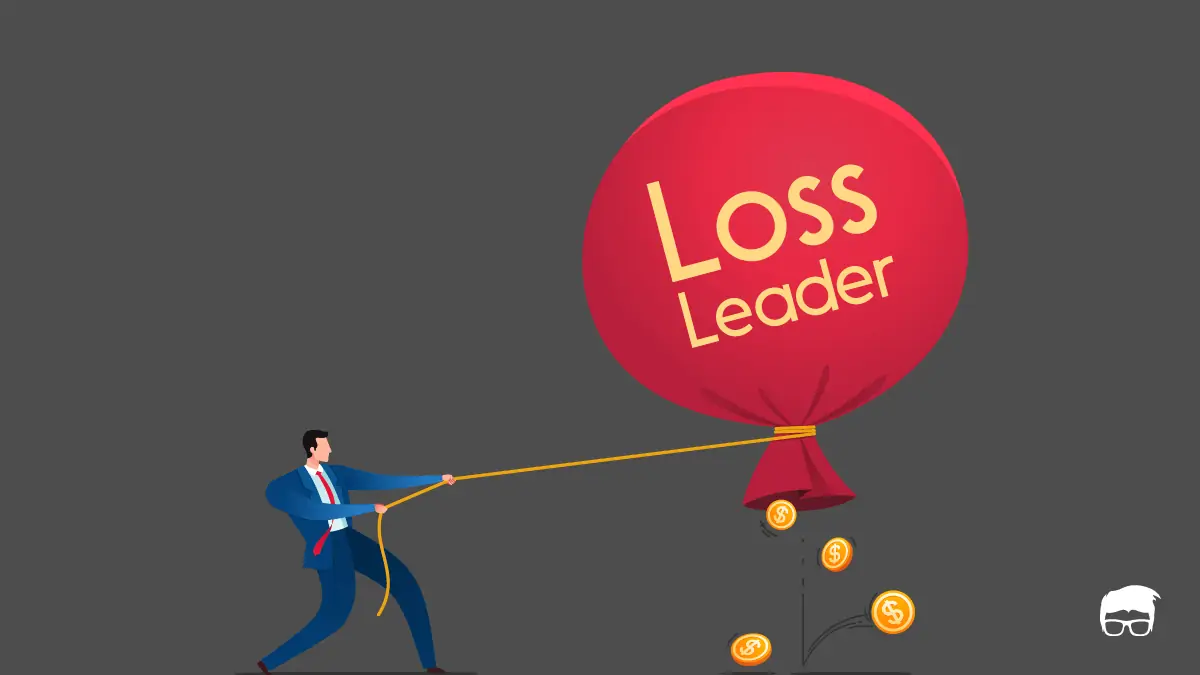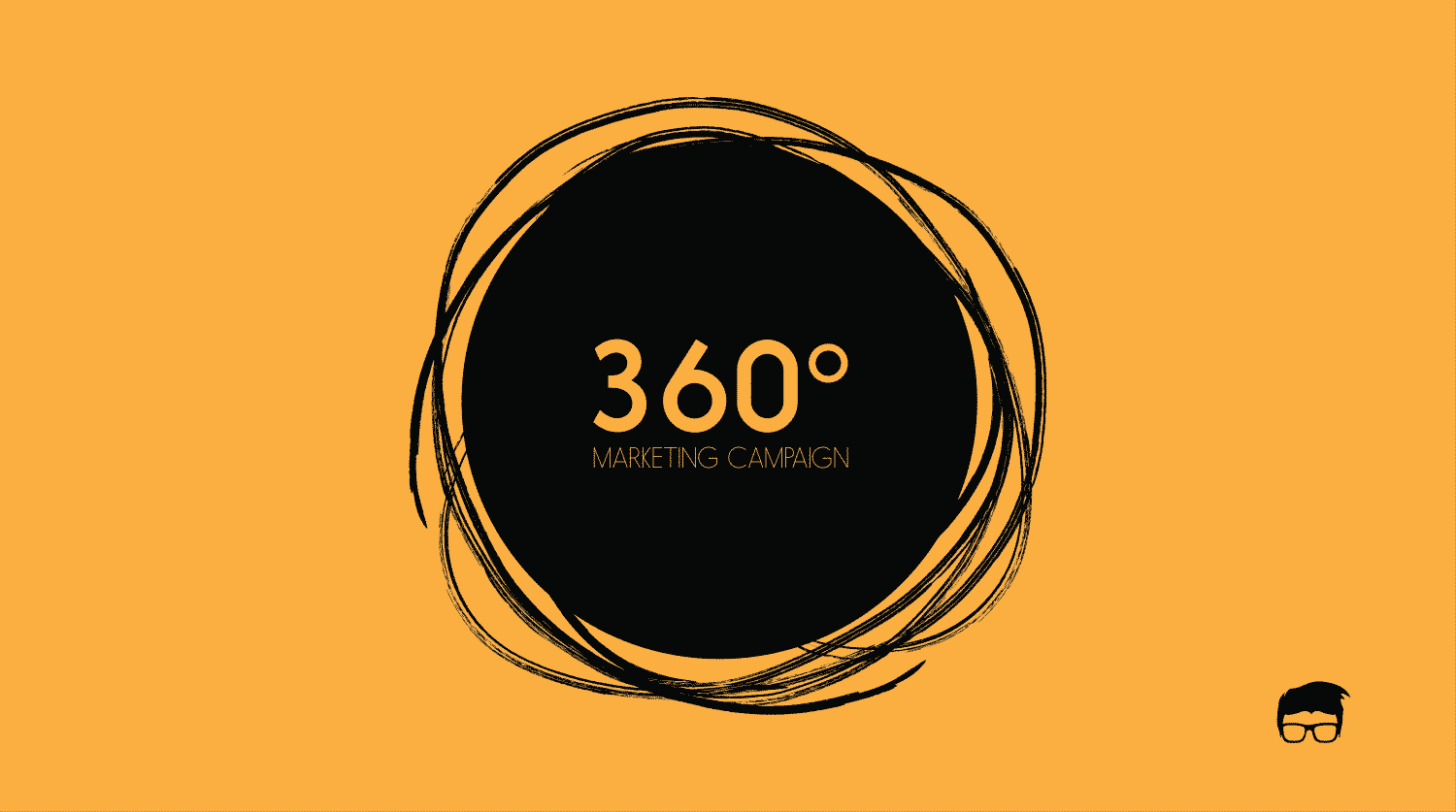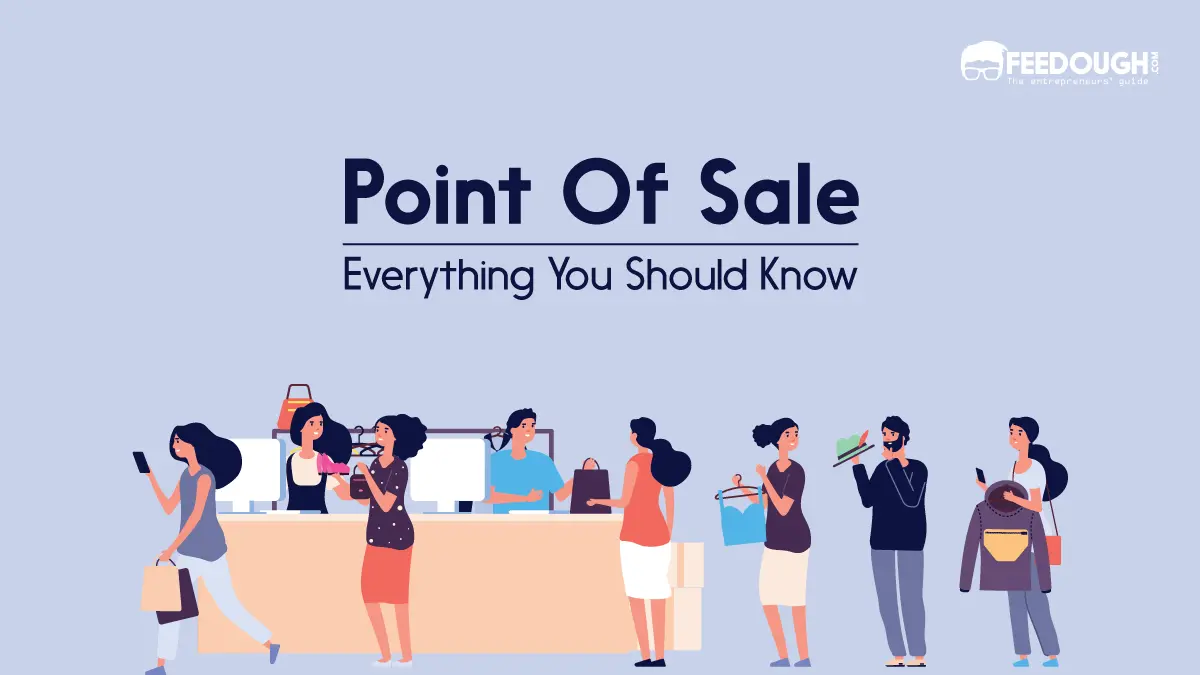An average supermarket shopper can be exposed to around 20,000 products in a single supermarket visit that may not last for 30 minutes. With this race against time and the ever-increasing number of products at a store, each trip for the shopper is like looking for a needle in a haystack.
With all this competition, brands need to make sure their product stand out from the crowd and attract customers. They need something to explore all the touchpoints and interact with the customers inside the store.
This is where the point of purchase marketing comes into play.
POP marketing gives the brands access to a customer’s mind while they are inside a store and looking to fulfil his shopping needs. It provides a brand with the power to highlight its product and compel the customer to go ahead and make a purchase decision favouring the said brand.
However, point of purchase is often confused with POP displays and POP marketing. Although they sound similar, each of these terms has a different meaning and plays a different role in the marketing regime.
So, dive right in to know more about the point of purchase and the terms related to it.
What is Point of Purchase?
A point of purchase (POP) is the location of in-store brand-customer interaction where a potential customer makes a purchasing decision.
The definition of POP can be broken down into the following keywords:
- In-store interaction: As opposed to common opinion, POP is not limited to the billing counter. It includes each touchpoint inside the store where a customer can interact with the offering or the brand.
- Potential customer: At this point, the customer only desires to buy some product, but they haven’t taken any action yet. Thus this is the point that precedes the customer’s actual decision.
- Purchasing decision: It’s a location where a brand can persuade or induce customers to buy its product. POP is the last marketing and promotional channel a brand uses before the customer makes their final decision.
In other words, POP denotes the touchpoint or the location where a customer interacts with the products inside a store.
For example, upon entering a store, a customer can access everything from a dangler to an aisle to a shelf to the billing counter, etc. These touchpoints are seen as the buyer’s interaction with the brand or offering, and can be categorised as the points of purchase.
What is POP Marketing?
Point of purchase marketing, also referred to as POP marketing or POP advertising, is a form of retail marketing used by various brands to induce customers to buy their products once they are in the store and ready to make a purchasing decision.
Brands use POP marketing techniques to make their products stand out from the clutter and catch the customer’s eye to induce impulsive purchase decisions favouring the displayed brand.
What Is A POP Display?
The elements which marketers use to market the product and attract buyers at the point of purchase are called POP displays.
POP displays are a great marketing tool to
- Promote the product and showcase special deals, offers, and other sales promotion strategies, and
- Educate the customer about the offering and brand details.
Along with POP displays, marketers also use packaging strategies, sales promotion, and personalised marketing to try and influence customer buying decisions in a retail store.
Types Of POP Displays
POP displays can be divided into various types based on their life span and their positions inside a store. Different types of POP displays have different usage and can be utilised by brands according to their needs.
Types Of POP Displays Based On Lifespan
According to the life span, POP displays can be categorised into the following three subcategories:
- Temporary: Temporary POP displays are designed to last for a short period of time. They usually feature seasonal promotions or discounts and can be easily replaced after a certain amount of time. They are mostly made up of inexpensive material and are comparatively cheaper. As such displays are more affordable, brands can easily swap them for fresh displays and maintain creativity without much investment. Shelf talkers or simple signage are two examples of temporary displays.
- Semi-permanent: Also known as secondary displays or off-shelf displays, semi-permanent displays are designed to last longer than temporary displays. They usually last from 6 months to a year. They are made up of materials like glass or heavy-duty cardboard and thus have a higher up-front cost. Examples of such displays could be end caps or freestanding displays.
- Permanent: Permanent displays are built to last at least 1 to 3 years. These are usually designed to resemble a store within the store. They are made up of durable materials and require a higher investment.
Types Of POP Displays Based On Positions
According to their positions, POP displays can be categorised into the following subcategories:
- Danglers: Danglers are one of the most common POP displays used by brands to attract customers. They are hanging signages dangled from the ceiling of a store, often used to educate customers about the qualities of the brand and any discounts, sales, or other promotions.
- End caps: End caps are POP displays placed at the end of an aisle. They provide extra visibility and a prime location to the product as the customers can see them without even going down the aisle. Creative end caps help in attracting customers and further building up a brand’s image.
- Freestanding displays: Freestanding displays are attractive displays that allow companies to place their product anywhere in the store. Brands can get creative and try their hand at designing innovative freestanding displays like a giant version of their product. For example, it will be almost impossible for the customers to miss this giant bowl of Maggi noodles in the middle of the store. This 360-degree display can be seen from all directions and will effectively attract customers while accurately projecting the brand’s organic image.
- Shelf talkers: Shelf talkers are hanging tags or signs placed near a product on an aisle shelf. These tags make the product stand out within the aisle and educate the customer about the qualities of the product and the value it provides. Shelf talkers should be colourful, eye-catching, and highlight the product’s qualities in a line or two. Some shelf talkers also include promotions, discounts, and coupons which further induce the customers to buy the product.
- Interactive displays: Brands can use technology to further enhance the in-store shopping experience for the customer and induce them to buy their product. Such displays work better than the usual POP displays. They encourage the customer to engage and interact with the brand rather than just inform them about certain product qualities. One such example is Campaign Outdoors’ jacket kiosk. The brand placed a 6-feet tall jacket kiosk in the middle of its store, allowing the customer to design a jacket themselves. The kiosk first allowed the customer to try on a jacket and then head on to the monitor where they could make various changes to the colour, size, and design of the product.
- Dump bins: Dump bins are standalone POP displays used for small-packaging products like candy bars or chocolates. As dump bins are freestanding, they come in handy in attracting the customer while shopping through the store. They can also be strategically placed so that they can be seen or interacted with from all angles.
- Floor graphics: Using floor graphics is yet another way brands try to draw attention to their products. A unique and creative floor graphic placed in front of the product could help brands distinguish their product from other similar items on the aisle. For example, these displays from Nesquik, Mortin, and Fox’s are great examples of floor displays as they are creative and strategically placed right in front of the brands’ products to entice and induce the customer to make a purchase.
Why Is POP Marketing Important?
POP marketing is a crucial tool for marketers and brands especially with an upsurge in impulse buying behaviour. It is a proven way to effectively optimise the product’s location inside the store and increase sales. Furthermore, POP marketing is important because it allows the brands to:
- Target a specific audience: As POP displays are a part of location-based advertising, they make it easier for the brand to reach targeted customers. Marketers often use in-store POP advertising strategies to target customers based on their demographics, location, and buying behaviour.
- Influence buying behaviour: Brands can effectively use POP marketing to influence the customer’s purchasing decision in their favour. With the help of attractive and creative POP displays, it becomes easy to highlight a certain product and persuade the customer to buy it.
- Promote brand’s offerings: POP displays act as a surrogate salesperson for brands. They highlight the brand’s various offerings, educate customers on the qualities of various products, and advertise any discounts or schemes on the said product.
What is the Objective of POP Marketing?
POP marketing aims to attract customers and influence their buying decisions while simultaneously enhancing the brand’s image. While ad campaigns, brand activation events, influencer marketing, social media marketing, and other marketing techniques can help get the customer to a store or building up a brand’s image, POP marketing helps the brand in engaging with the customer once they are inside the store and ready to make a purchase decision.
The main objectives which brands keep in mind while designing a POP marketing campaign are:
- Enhancing customer’s shopping experience: Customers often prefer to keep their shopping trips quick and efficient. According to a European study, 39% of 23 billion shopping trips lasted for just about 15 minutes. But, this works against the brands because the longer a customer is inside a store, the more likely it is for him to make purchasing decisions favouring the brand. Thus, brands use POP marketing to provide useful information efficiently and quickly, make shopping entertaining for the buyer, and induce them to buy their product.
- Increasing brand awareness: POP marketing is also used to increase brand awareness and further build up a brand’s image. When a customer looks at a huge POP display, they are reminded of previous marketing campaigns from the said brand. Even if the interaction doesn’t lead to purchase immediately, the customer will remember seeing the display from the said brand, which ultimately enhances the brand’s image.
- Incrementing sales: As the competition among different brands has been growing exponentially in almost every industry, POP marketing comes in handy when a particular brand wants to highlight its product in a cluster of similar products. Creative freestanding displays, end caps, or dump bins can effectively attract and influence potential buyers and increase sales.
POP Marketing Examples
Many brands have successfully unleashed the power of POP marketing and, in the process, increased their sales while effectively influencing customer’s in-store buying decisions. Some examples of such brands include:
Kitkat
Kitkat, a chocolate brand from the UK, has been known to use different POP marketing strategies to enhance the display of its product. The brand uses various POP displays such as end caps, freestanding displays, and dump bins to entice and attract customers.

Jameson
Jameson, the famous whiskey brand, is also known for its hard-to-miss POP displays. The brand specialises in designing bigger versions of the unique Jameson bottle, thus attracting customers from far away.

POP vs POS
While POP and POS are terms often used interchangeably, they differ from each other. The main difference between point of purchase and point of sale is their location. While the point of purchase refers to the entire area where a buyer makes a purchasing decision, the point of sale refers to the specific area where the final transaction occurs.
For example, the point of purchase for a chocolate bar is the entire store, including shelves, the aisle, and even the floor of the store because the customers can interact with this product through POP displays placed anywhere inside the store but the point of sale includes only the billing counter or the checkout aisle because that is the place where the actual transaction takes place.
Brands usually use POS displays to provoke impulse buys by the shopper. The location of POS displays ensures that the potential buyer will at least once encounter the product because every customer will end up at the checkout counter for sure. This is why the products displayed at the point of sale are such that they would trigger impulse buying decisions at the customer’s end.
For example, stores usually display chocolate bars, soft drinks, or cosmetic products at the billing counter. The potential buyer usually does not plan to buy such products, but they may likely pick them up if they encounter them while waiting at the billing counter. That is why the point of sale acts as a great touchpoint for brands who want to attract customers and prompt impulse buys.
Go On, Tell Us What You Think!
Did we miss something? Come on! Tell us what you think of this article on point of purchase (POP) in the comments section.
An enthusiastic human being with determination and zeal to explore new ventures. Tanya is an entrepreneurial spirit searching for changes and learning to exploit them as opportunities and impacting people for good.
